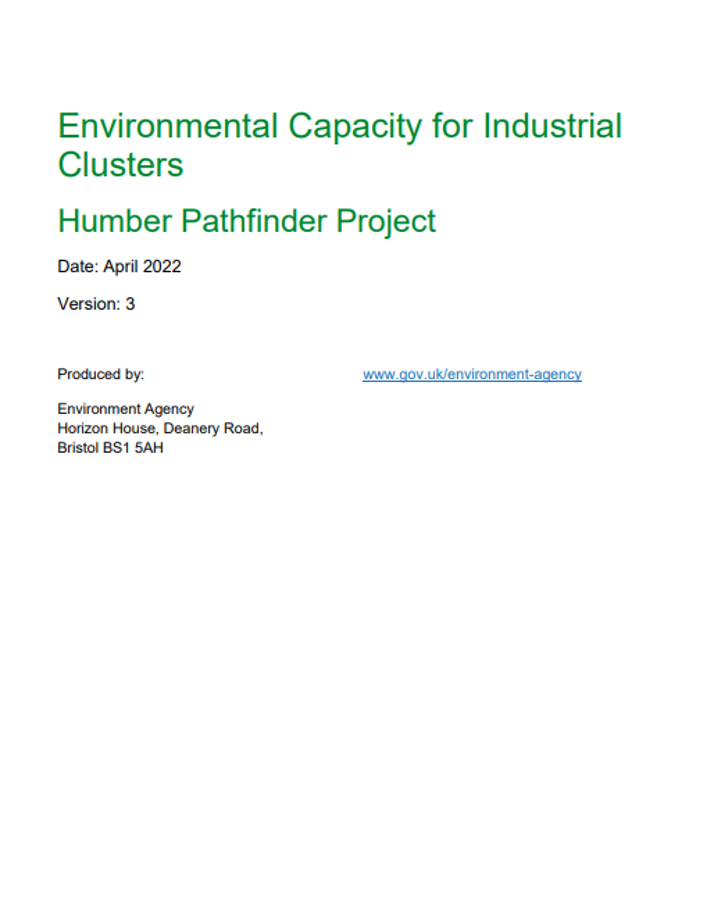
|
Environmental capacity for industrial clusters
Investigation into the environmental capacity for deploying carbon capture and hydrogen production decarbonisation technology in key English industrial clusters.
2025.04
Denze
|
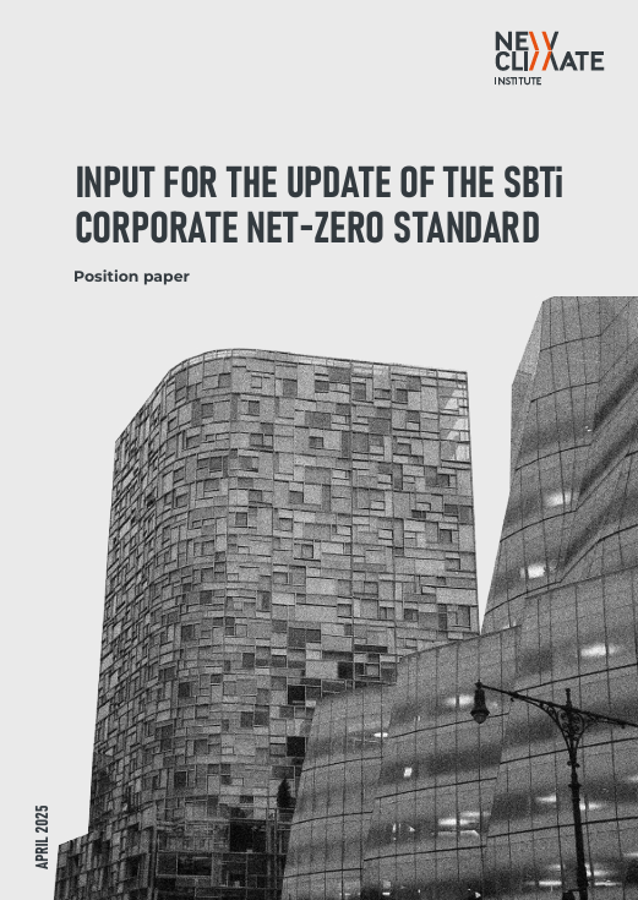
|
Input for the update of the SBTi Corporate Net-Zero Standard
With this position paper, NewClimate feeds into the public consultation on the SBTi Corporate Net Zero Standard v2.0 draft and shares interpretations of current developments in climate standard-setting.
2025.04
NewClimate Institute
|
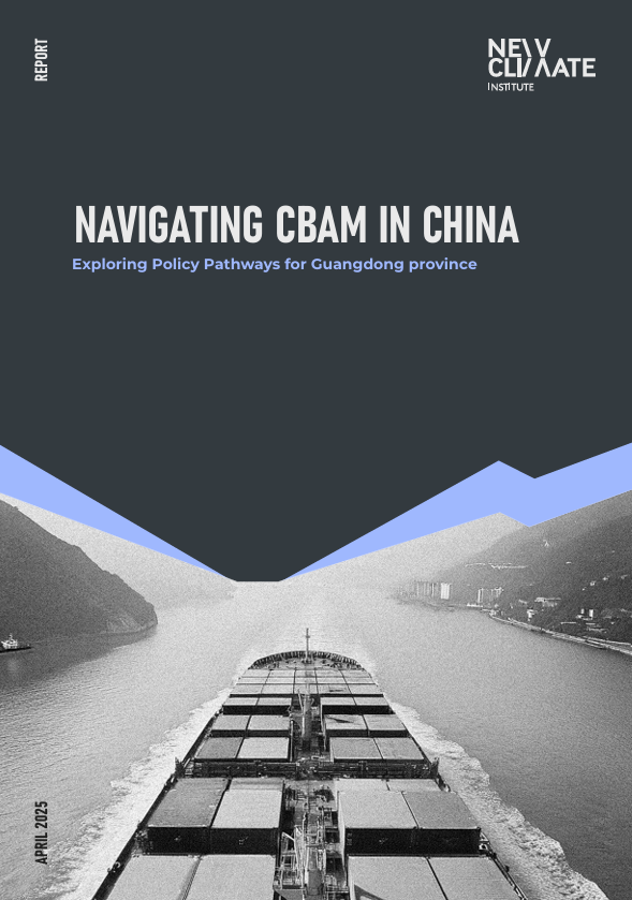
|
Navigating CBAM in China: Exploring Policy Pathways for Guangdong province
With the urgent need to cut emissions and ramp up its climate ambitions, the European Union introduced the world’s first carbon border adjustments: the Carbon Border Adjustment Mechanism (CBAM).
2025.04
NewClimate Institute
|
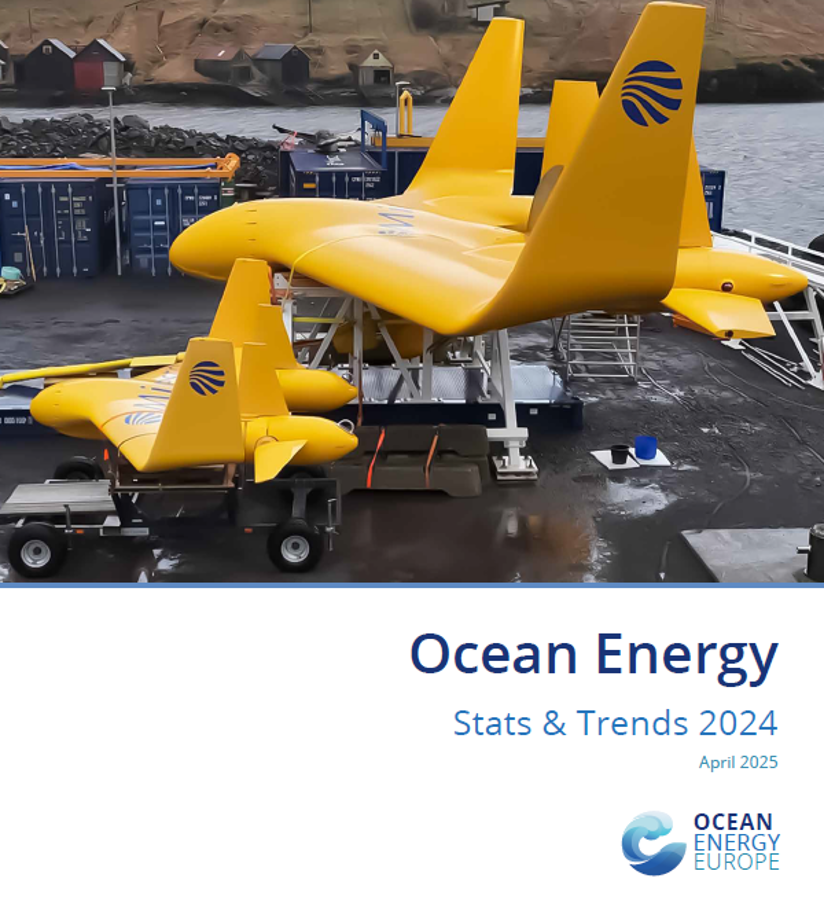
|
Ocean Energy Stats & Trends 2024
The annual key trends and statistics publication from Ocean Energy Europe gathers data from the sector to present the latest state-of-play in Europe and worldwide. The report covers capacity additions, power production and industrial milestones.
2025.04
Ocean Energy Europe
|
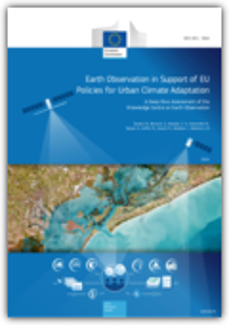
|
Earth Observation in support of EU policies for urban climate adaptation
Urban areas as major population centres are inherently exposed to high and compound climate risks, impacting across a socioeconomic, ecological, financial, and political nexus. The EU policy landscape recognises the critical importance of urban climate adaptation, as encompassed by the European Green Deal, EU Climate Adaptation Strategy, and European Climate Law. A key aspect of achieving the policy objectives is using knowledge and intelligence derived from Earth Observation (EO) to enable smarter, faster, and more systemic adaptation.
2025.04
European Commission
|
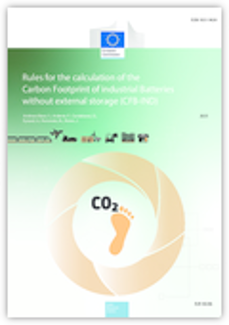
|
Rules for the calculation of the carbon footprint of industrial batteries without external storage
This report provides the methodological guidelines for calculating the carbon footprint of industrial batteries (CFB-IND), providing the basis for the enforcement of requirements as in Article 7 of Regulation (EU) 2023/1542 (Batteries Regulation), establishing the methodology for calculation and verification of the carbon footprint of batteries.
2025.04
European Commission
|
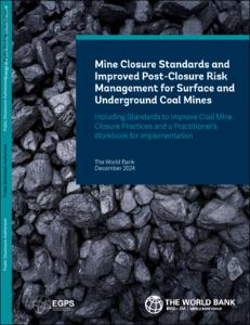
|
Mine Closure Standards and Improved Post-Closure Risk Management for Surface and Underground Coal Mines
This document consists of a summary of best practice standards for coal mine closure and aftercare, complemented by a practitioner’s guide. In combination, these two modules can be used by coal enterprises, line ministries, technical agencies, as well as development partners, looking towards mine closures some 5-10 years ahead, to inform plans for closure, repurposing, and transition that have yet to be drafted.
2024.12
World Bank
|

|
Unlocking Efficiency: The Global Landscape of Building Energy Regulations and Their Enforcement
This report, developed by the World Bank’s Global Indicators Group, provides a comprehensive analysis of building energy codes (BECs) across 88 countries, highlighting their critical role in driving energy efficiency and sustainable development. With buildings accounting for 37 percent of global CO2 emissions, the adoption and enforcement of BECs are essential to achieving climate goals under the Paris Agreement.
2025.04
World Bank
|
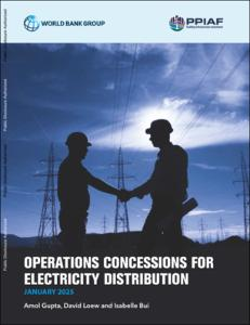
|
Operations Concessions for Electricity Distribution
In the 1990s, the World Bank and other development financiers supported a power sector reform framework emphasizing restructuring or unbundling of utilities, creation of regulators, private sector participation (both in terms of financing and managing the operations of power networks and utilities), and the establishment of competitive power markets.
2025.04
World Bank
|
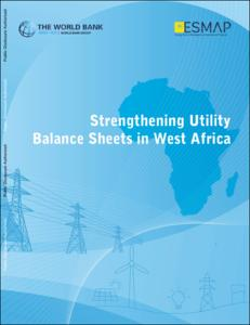
|
Strengthening Utility Balance Sheets in West Africa
This paper is one of a series of three that aim to help West African utilities and governments and the development financiers that support them - better understand and respond to these issues. The focus in the papers is primarily on utilities with a distribution function (that is, distribution-only utilities, transmission & distribution utilities, or vertically integrated utilities), but examples from other types of utilities (transmission only, generation & transmission) are drawn on when instructive.
2025.04
World Bank
|
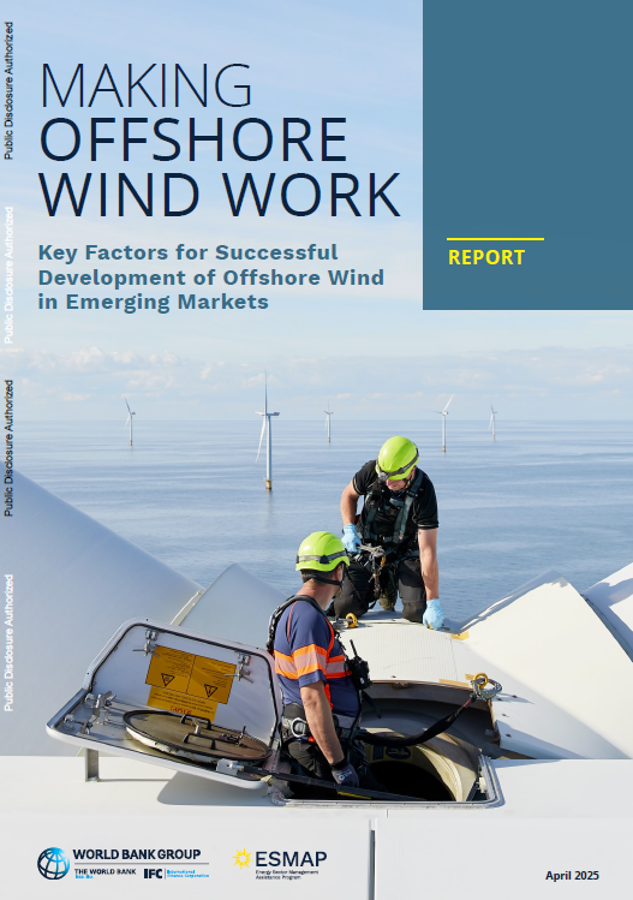
|
Making Offshore Wind Work: Key Factors for Successful Development of Offshore Wind in Emerging Markets
This report distils experiences from established offshore wind markets into key success factors to help emerging markets build successful offshore wind sectors. It is designed to share international good practice while recognizing the unique contexts of each country.
2025.04
World Bank
|
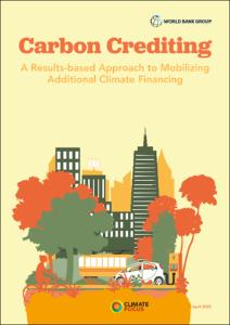
|
Carbon Crediting: A Results-based Approach to Mobilizing Additional Climate Financing
Carbon crediting is increasingly seen as a promising tool for mobilizing financing for development. In a world where development aid is shrinking, carbon crediting provides an alternative avenue for debt-neutral funding, helping countries achieve their climate goals while fostering long-term sustainable development.
2025.04
World Bank
|
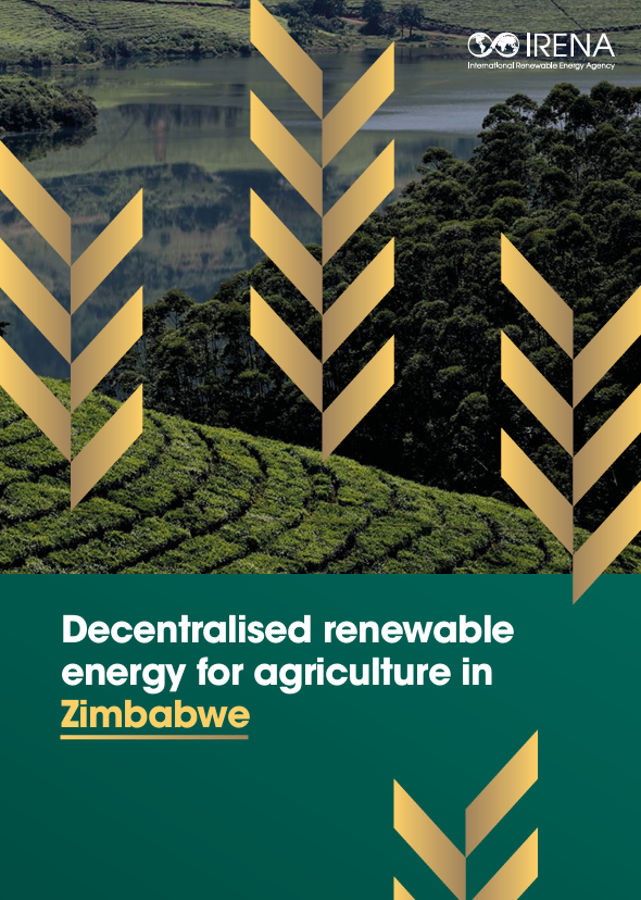
|
Decentralised renewable energy for agriculture in Zimbabwe
Decentralised renewable energy solutions in Zimbabwe’s agriculture sector provide a means to address energy poverty, enhance rural livelihoods, ensure food security, and promote gender and youth empowerment.
2025.04
IRENA
|
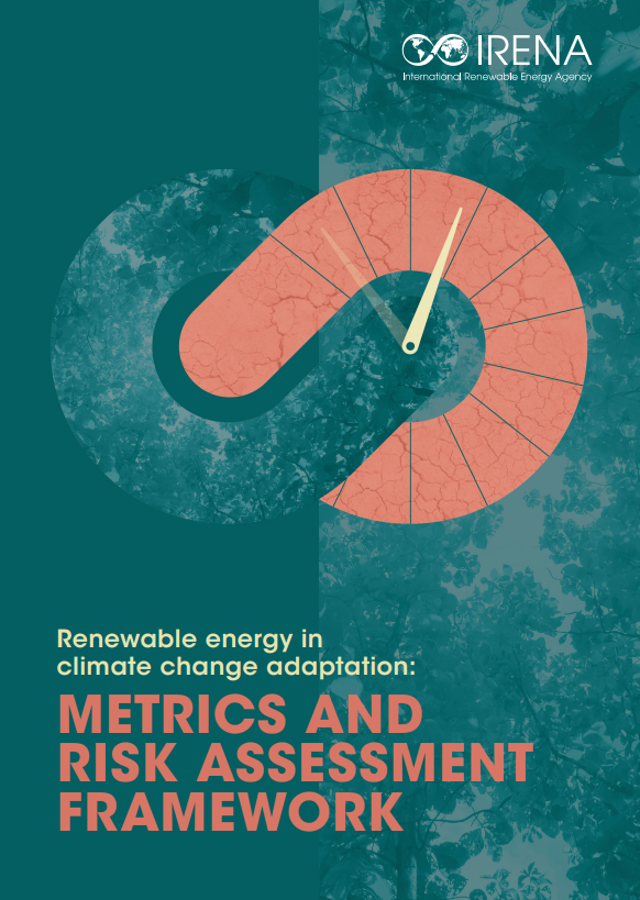
|
Renewable energy in climate change adaptation: Metrics and risk assessment framework
This report offers insights on the role of renewable energy in climate change adaptation strategies, presenting potential indicators and metrics to assess the benefits of renewable energy as a risk mitigator.
2025.04
IRENA
|
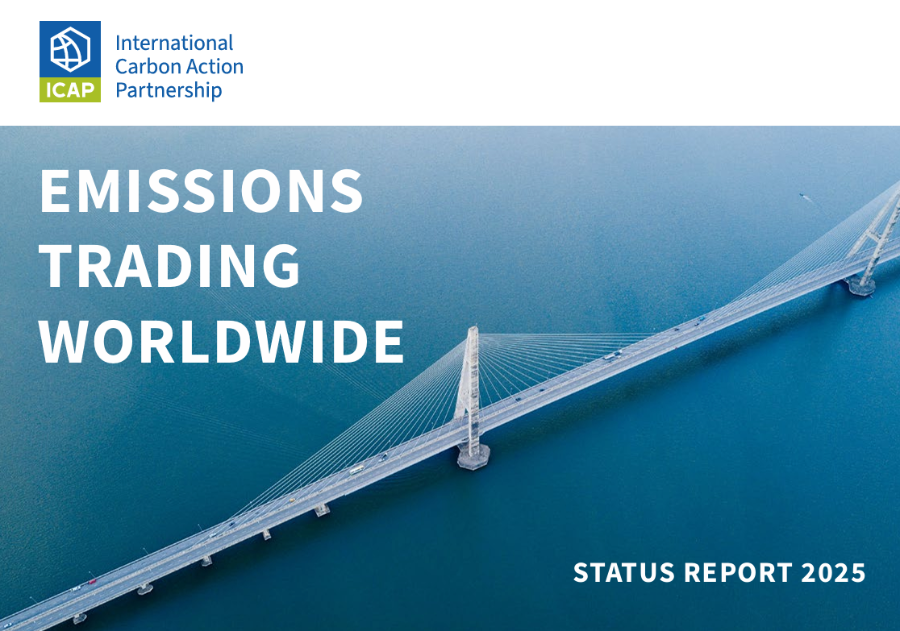
|
Emissions Trading Worldwide: ICAP Status Report 2025
This year’s ICAP Emissions Trading Worldwide Status Report finds that the momentum for emissions trading is particularly strong in emerging economies adopting innovative system designs, including in Brazil, India, Indonesia, Türkiye, and Vietnam. In most of these new systems, offsetting provisions and domestic crediting mechanisms are expected to play a central role.
2025.04
ICAP
|
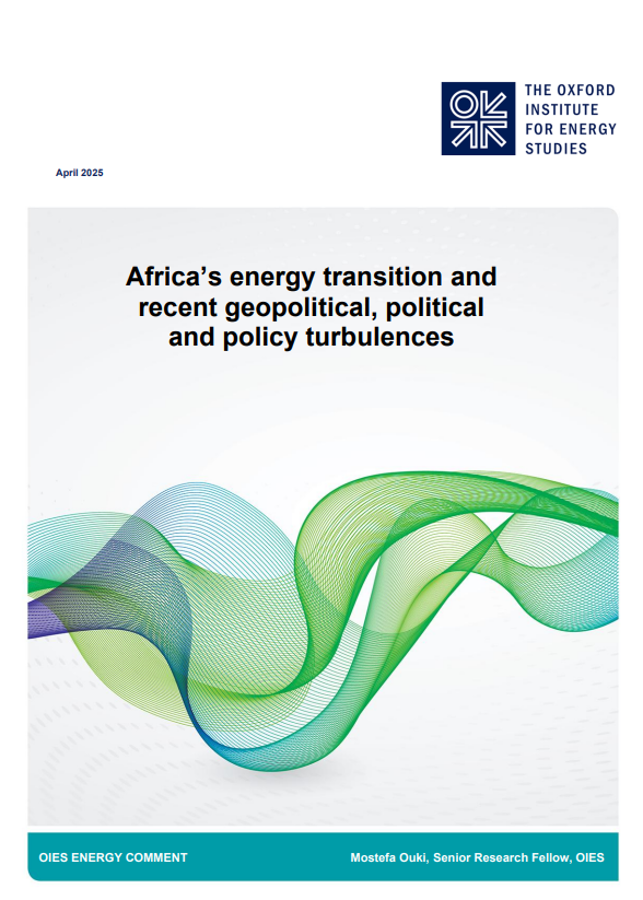
|
Africa’s energy transition and recent geopolitical, political and policy turbulences
Recent geopolitical, political, economic and financial developments, including changes and adjustments in climate policies and regulations, in the world’s two largest developed regions, Europe and the United States, could render Africa’s already difficult attempts to achieve a ‘fair’ energy transition even more problematic.
2025.04
OIES
|
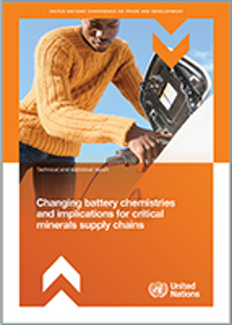
|
Changing battery chemistries and implications for critical minerals supply chains
Global carbon dioxide (CO2) emissions from the energy sector are increasing despite ongoing global efforts to mitigate them. In 2023, energy-related CO2 emissions reached a record high of 37.4 billion metric tons, a 1.3 per cent increase from the previous year.
This rise highlights the imperative of energy transition, from polluting fossil fuels to the widespread adoption of clean energy technologies within the energy mix. Among these technologies, batteries and battery storage systems with improved or new battery chemistries will play a crucial role in the energy transition.
2025.04
UNCTAD
|
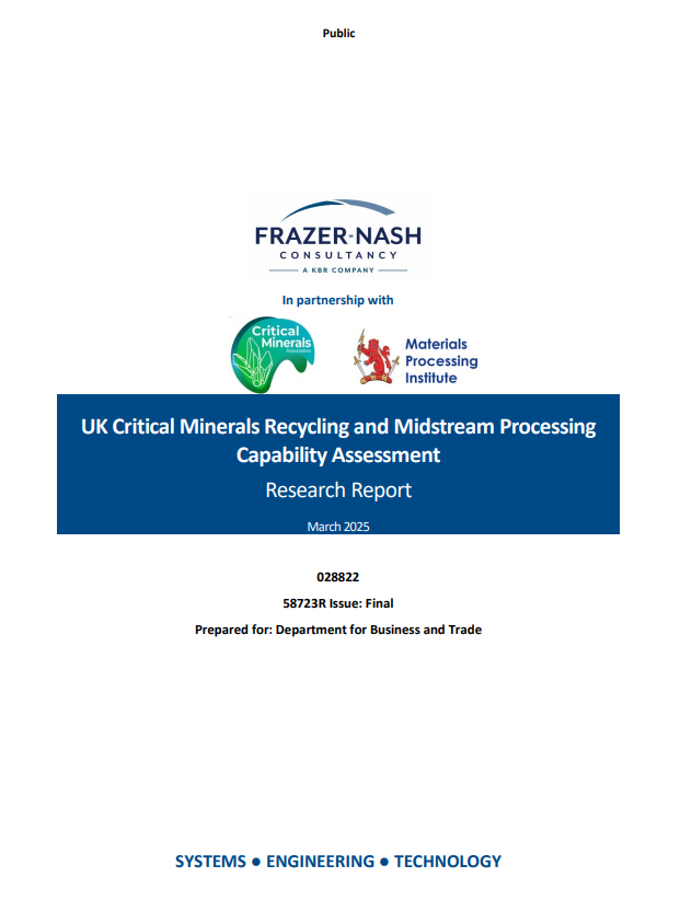
|
UK critical minerals midstream and recycling capability report
The Department for Business and Trade (DBT) commissioned Frazer-Nash Consulting to carry out an assessment of the UK’s capability in midstream processing, and the recycling and recovery of critical minerals. A secure supply of critical minerals is vital for the UK’s economic growth and security, industrial strategy, and clean energy transition. This capability assessment focusses on opportunities to optimise UK domestic capability.
The report was produced by Frazer-Nash Consulting, in partnership with the Critical Minerals Association (CMA) and the Materials Processing Institute (MPI).
2025.03
UK (Department for Business and Trade)
|
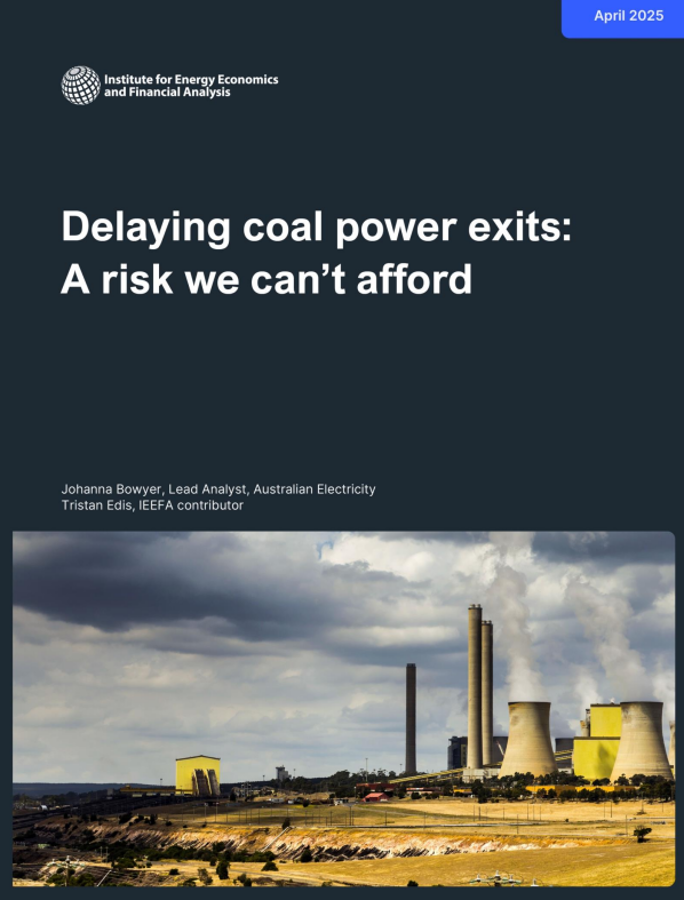
|
Delaying coal power exits: A risk we can't afford
A large proportion of coal power stations in Australia are approaching an age when retirement becomes necessary. There are currently 15 operational coal-fired power stations across the National Electricity Market (NEM), with a total capacity of 21 gigawatts (GW) and an average unit age of 38 years. They are all scheduled to exit the system by 2051 per announced closure dates, or by 2040 per the Australian Energy Market Operator (AEMO)’s Step Change scenario.
2025.04
IEEFA
|
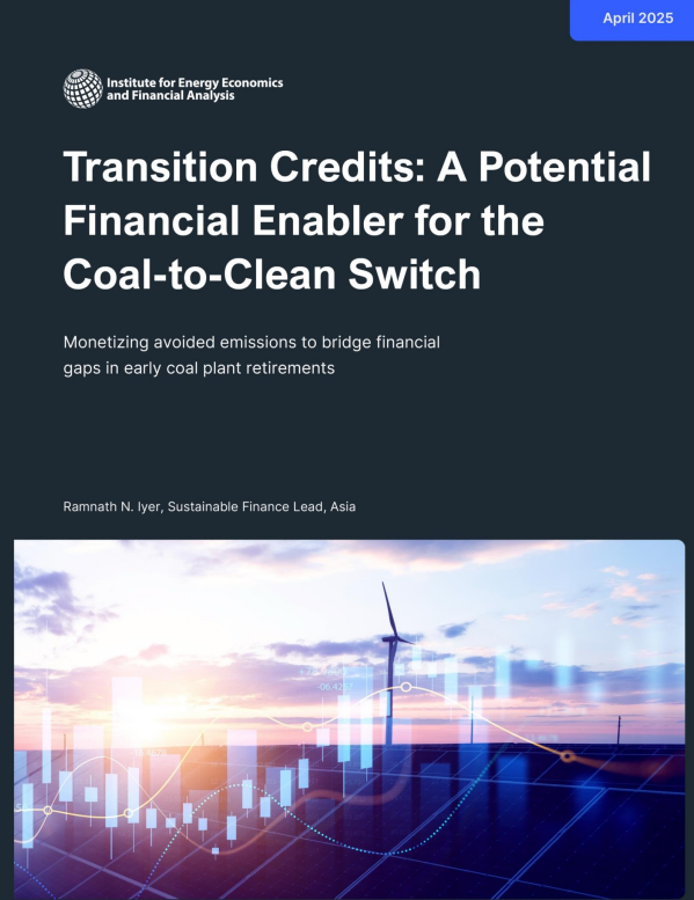
|
Transition credits: A potential financial enabler for the coal-to-clean switch
The Asia-Pacific region remains dependent on coal as the primary source for electricity generation despite the rising penetration and falling costs of clean, renewable energy. An important reason for the slow transition to clean energy lies in the region’s large number of young power plants (operational for less than 15 years). Retiring these profitable power plants early requires compensating owners and operators for foregone earnings. These compensation costs have proven challenging to finance, contributing to delays in the energy transition.
2025.04
IEEFA
|
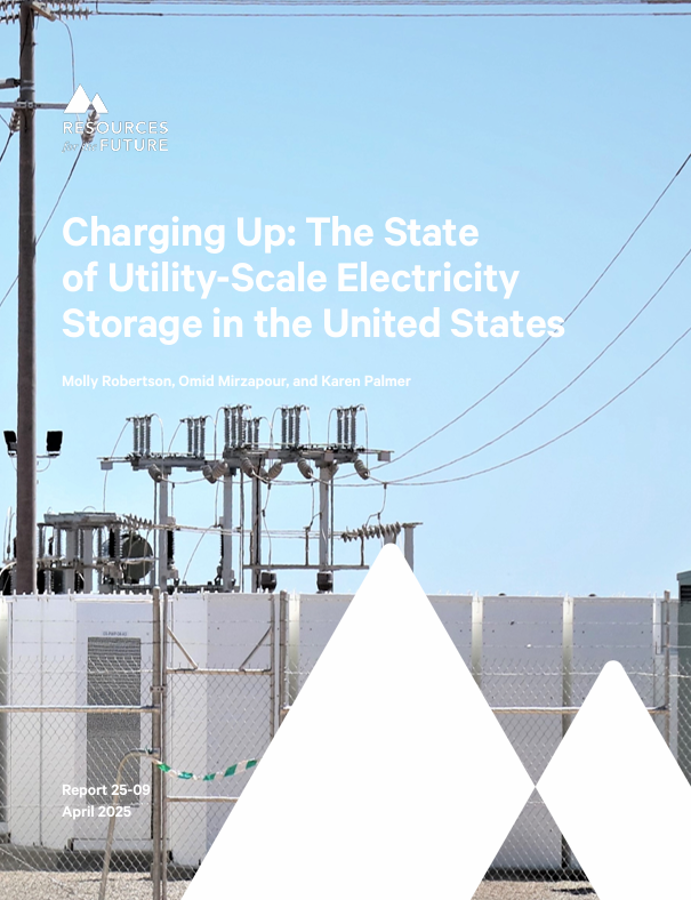
|
Charging Up: The State of Utility-Scale Electricity Storage in the United States
This report explores how economic forces, public policy, and market design have shaped the development of stand-alone grid-scale storage in the United States.
2025.04
RFF
|
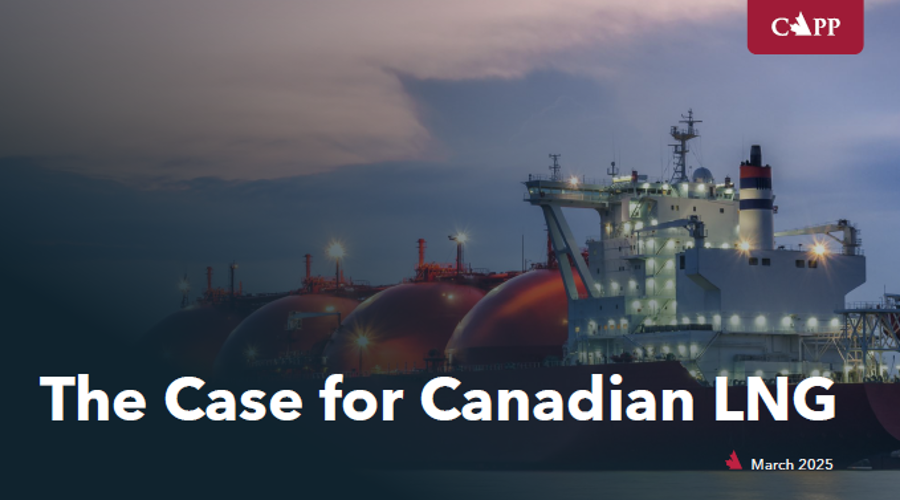
|
The Case for Canadian LNG: Opportunities and Advantages
Liquefied natural gas (LNG) is natural gas that has been converted into liquid form for ease of storage and transport, as LNG occupies roughly 1/600th the volume of natural gas. Most global LNG is exported from countries with large natural gas reserves (U.S., Australia, Qatar, Malaysia, etc.) to countries with limited domestic resources (China, Japan, South Korea, India, etc.).
2025.04
CAPP
|
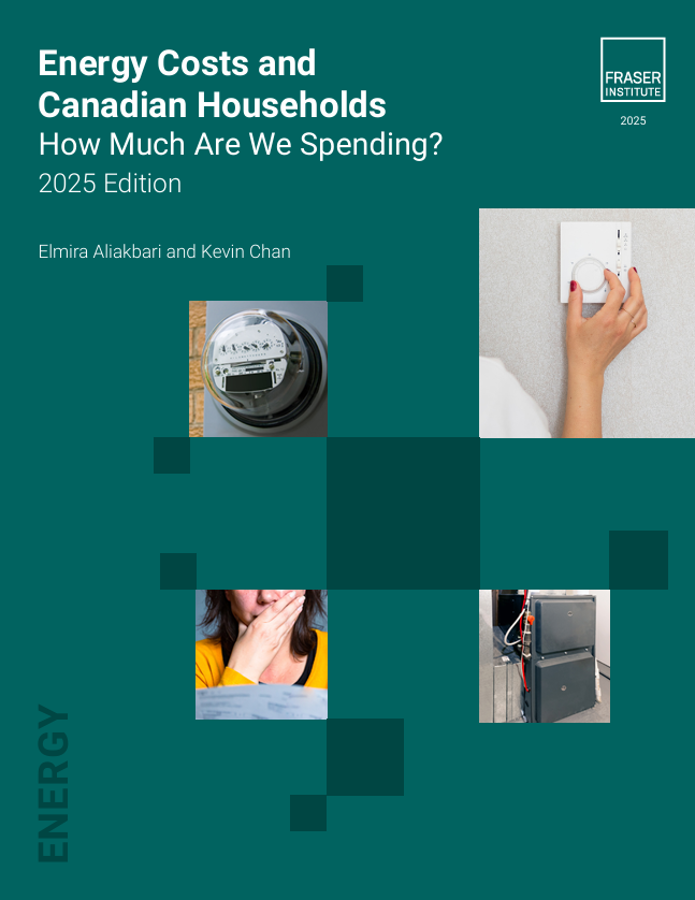
|
Energy Costs and Canadian Households How Much Are We Spending?
This study examines energy spending by Canadian households and the extent of energy poverty, defined as households spending at least 10% of their total expenditures on energy goods.
2025.03
Fraser Institute
|
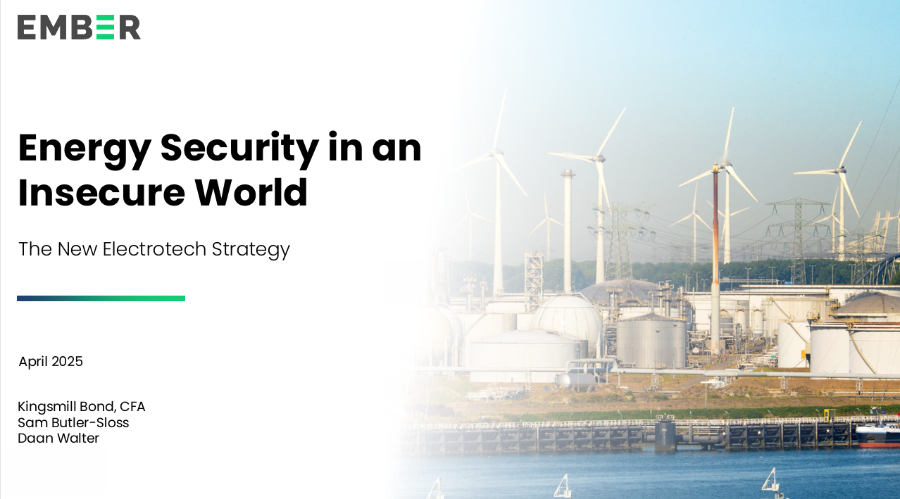
|
Energy Security in an Insecure World : The New Electrotech Strategy
New analysis shows that replacing fossil imports with three key levers—electric vehicles, heat pumps, and renewables—can cut net fossil fuel imports by 70%, saving importers $1.3 trillion globally each year.
2025.04
Ember
|
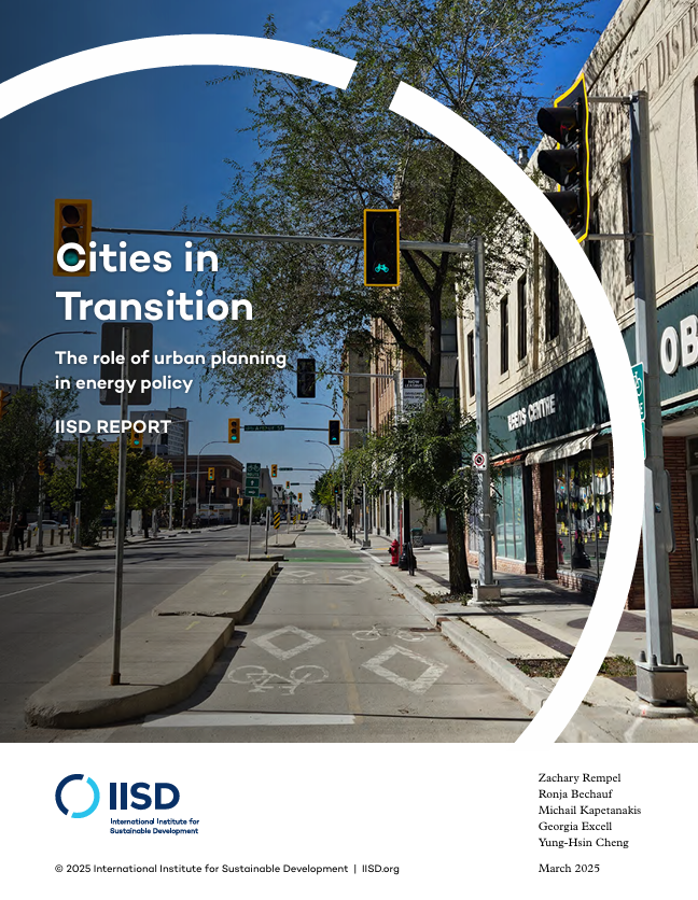
|
Cities in Transition : The role of urban planning in energy policy
This research offers a bold new direction for energy and climate policy by highlighting the critical role of urban planning in cutting emissions. Beyond promoting renewables, energy policy should support the redesigning of neighbourhoods to reduce total energy use and make daily life easier, more connected, and more sustainable.
2025.04
IISD
|
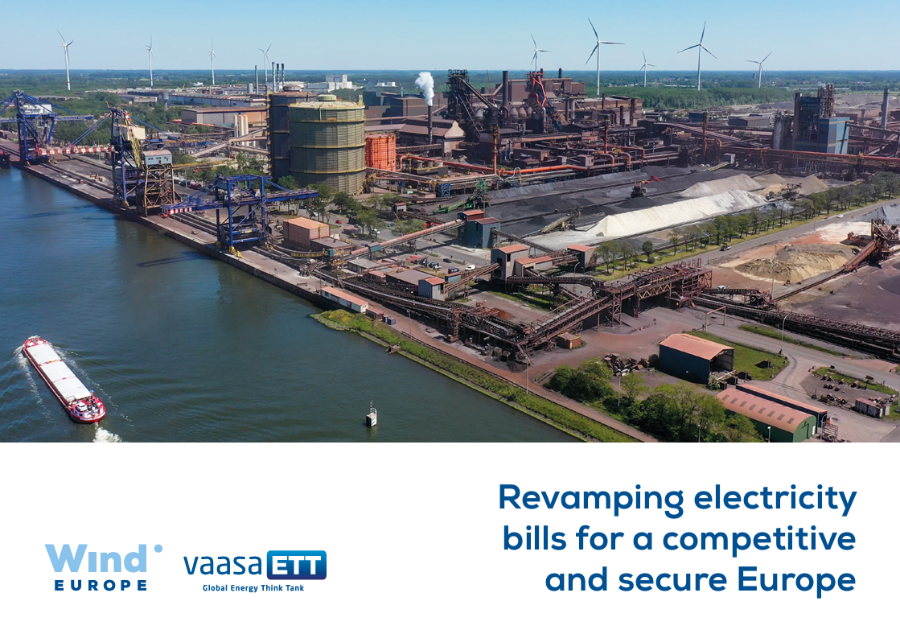
|
Revamping electricity bills for a competitive and secure Europe
Europe is facing eroding competitiveness to a degree that starts to question the viability of our economic and social model. High electricity prices, driven by taxes and levies slow down renewables-based electrification and under
mine industrial competitiveness. This report examines the structure of electricity bills in France, Germany, Spain and Poland and their impact on residential and industrial consumers.
2025.04
WindEUROPE
|

|
From Innovation to Industrial Competitiveness – How wind R&I funding will deliver European Technology Sovereignty
This report presents the blueprint of a common European strategy to enhance policies and funding for wind energy Research & Innovation. The roadmap by 2050 aims to turn Europe’s excellence into industrial competitiveness and achieve technology sovereignty.
2025.04
WindEUROPE
|
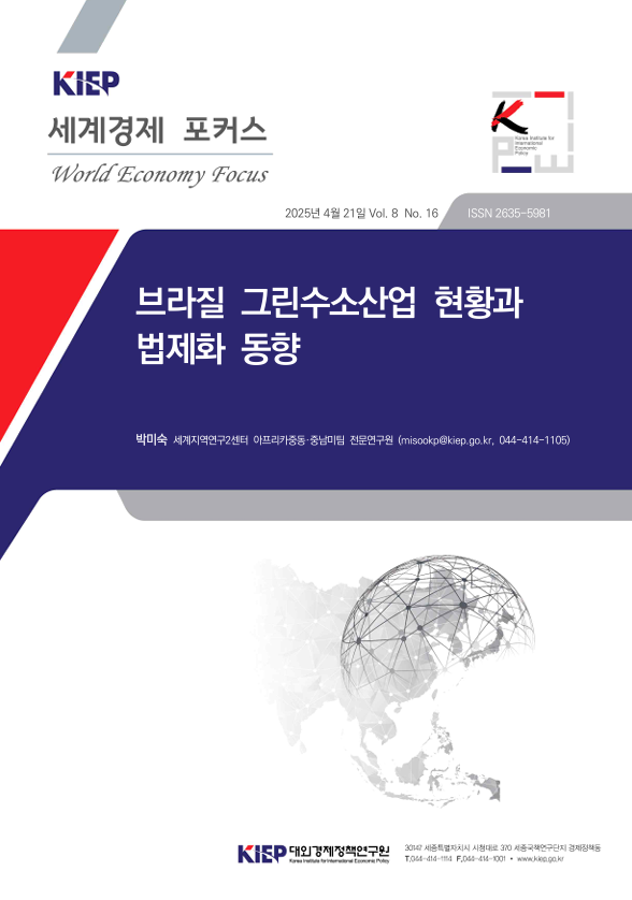
|
브라질 그린수소산업 현황과 법제화 동향
브라질은 중동에 이어 전 세계에서 두 번째로 그린수소 생산 단가가 낮은 국가로, 자국 내 수요 충족은 물론 유럽으로의 수출 가능성도 높아 주목받고 있다. 이러한 경쟁력으로 인해 외국 기업들의 투자와 더불어 유럽 주요 국가들과의 협력 사업이 활발히 추진되고 있는 상황이다. 현재 그린수소 1kg을 생산하는 데 드는 비용은 전 세계 평균 약 5달러 수준이지만, 브라질에서는 지역에 따라 약 2.87달러에서 3.46달러로, 상당히 낮은 단가를 기록하고 있다. 이는 브라질이 세계적인 수소 생산 거점으로 부상할 수 있는 중요한 요인 중 하나이다. 브라질 내에서는 현재 석유화학제품 및 비료 생산 과정에서 주로 천연가스를 원료로 한 수소가 사용되고 있다. 그러나 최근에는 비료 및 철강제품의 생산에서 친환경 수소에 대한 수요가 점진적으로 증가하고 있으며, 이에 따라 그린수소의 역할 또한 확대될 것으로 전망되고 있다.
2025.04
KEIP
|
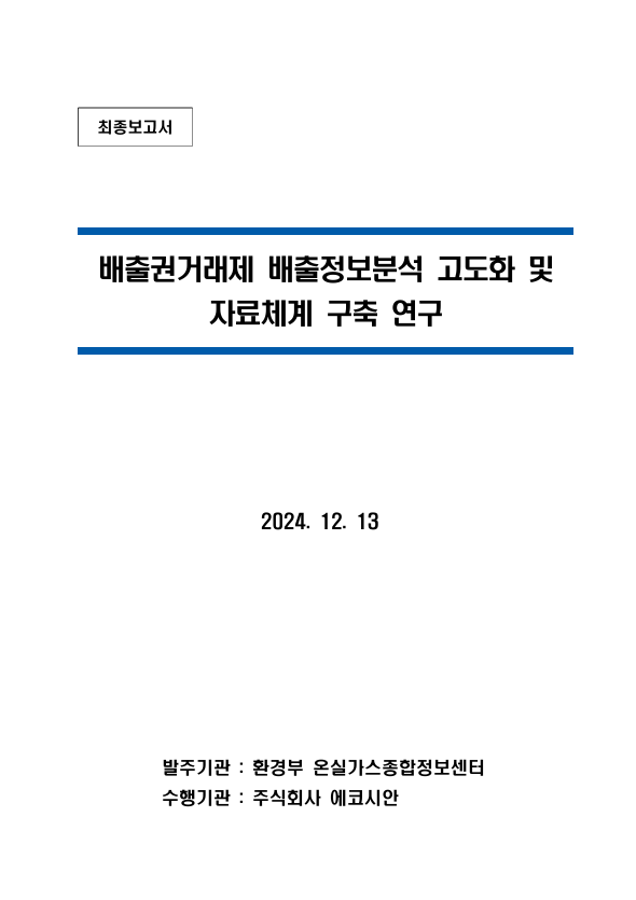
|
배출권거래제 배출정보분석 고도화 및 자료체계 구축 연구
우리 정부는 기후변화 대응을 위한 정책적 수단 중 하나로 2015년부터 온실가스 배출권거래제를 도입하여 운영하고 있다. 동 제도는 온실가스 배출량이 일정 수준 이상인 업체를 배출권 할당대상업체로 지정하고, 계획기간별로 온실가스 배출권을 할당하여 준수하도록 하는 제도이다. 2023년 이행연도를 기준으로 총 734개 할당대상업체가 동 제도의 적용을 받고 있다.
2025.04
온실가스종합정보센터
|
